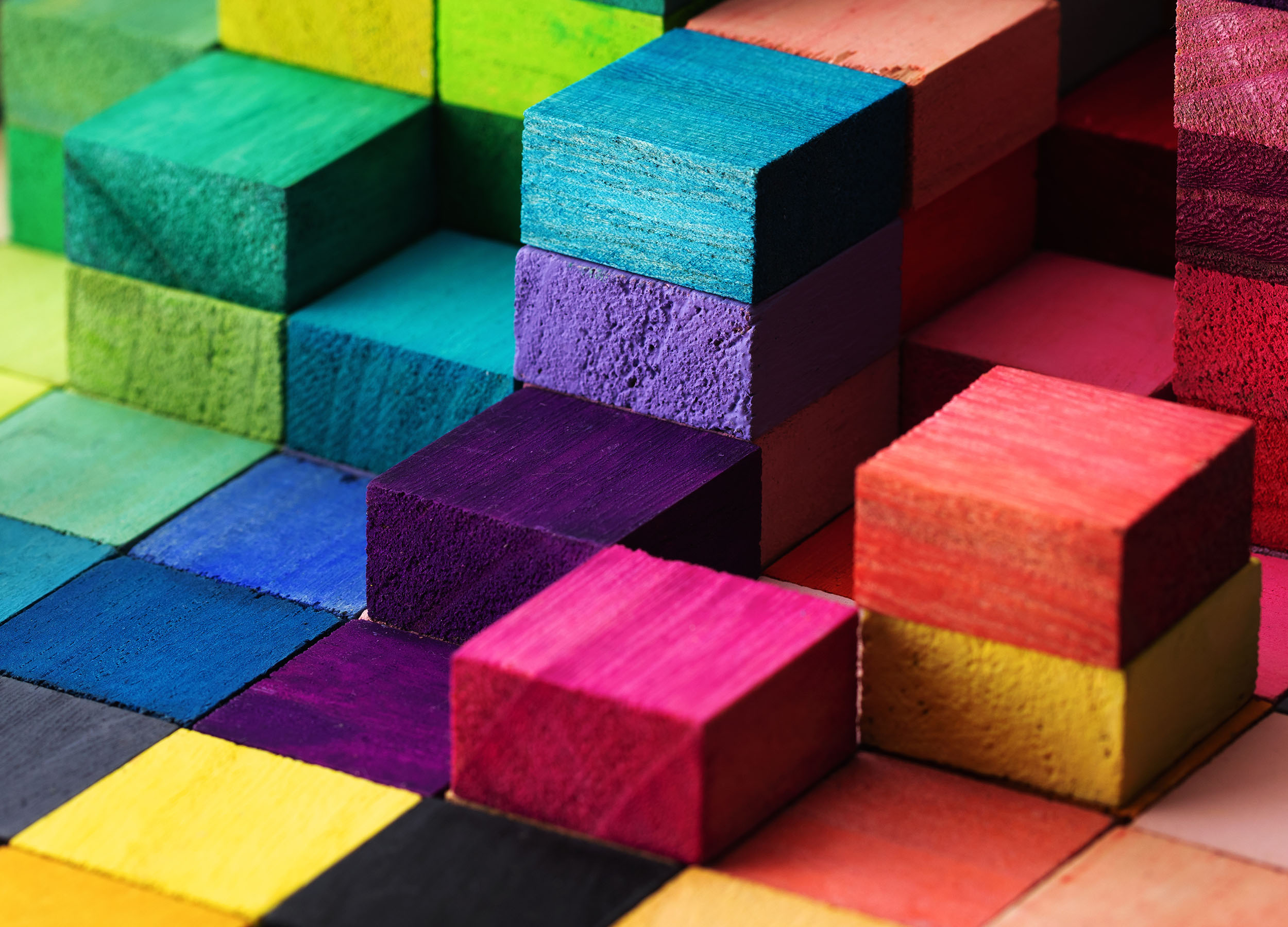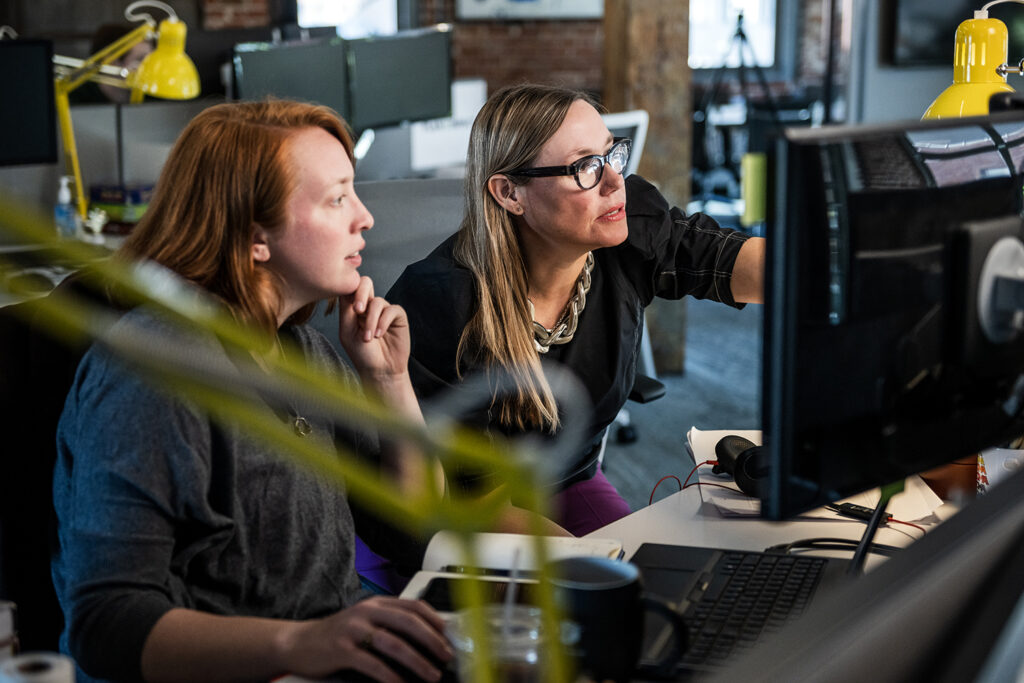Tax credits continue to be an untapped source of revenue for many architecture firms. Whether unutilized due to a lack of information or misconceptions, tax credits can significantly benefit firms, particularly in an economic slowdown, by saving tens of thousands of dollars, allowing projects to push forward smoothly. One significant incentive is the Research & Development tax credit available to organizations that focus on applied research and innovation, like developing new products, processes, or inventions. Additionally, R&D tax credits can be applied retroactively for the previous three years and are offered at both the federal and state levels. This means that companies located in states that grant R&D tax credit can also apply and potentially receive double the credit for their qualifying activities.
The R&D tax credit is not just for major corporations or manufacturers, and some firms may be surprised to discover that they might qualify. The IRS has a simple four-part review to help businesses determine whether their activities are eligible for an R&D tax credit:
- Permitted Purpose: an activity that creates a new or improved business component of function, performance, reliability, or quality
- Technological in Nature: related to physical or biological science, engineering, or computer science
- Elimination of Uncertainty: intended to discover information to eliminate uncertainty in capability, method, or design
- Process of Experimentation: an activity that includes a process of experimentation or evaluating one or more alternatives to achieve a result (this might include modeling, simulation, or systematic trial-and-error)
Based on this four-part test, examples of qualifying activities might include but are not limited to designing master plans, schematic designs, planning and elevation drawings, building facades, building systems, innovative building shape/form, developing unique energy-efficient features, achieving LEED certification, overcoming technical uncertainty with building or site locations, etc.
DRAW’s ethos of Positive Impact Design has built rigorous research, radical resourcefulness, and sustainability practices into our design process. These key factors play an essential part in every design phase, from kickoff to construction administration. Implementing sustainability analysis software, PlanIT Impact, allows us to analyze multiple sustainable methods’ energy efficiency and effectiveness on the fly. This process ensures that we realize the proper sustainable design strategies to improve the scheme further.
While smaller firms may be concerned that filing for the R&D tax credit might include extensive and complex documentation or a tedious process, these can be easily managed by involving an experienced tax professional. The help of a tax professional ensures firms understand what activities will qualify for the credit, how they are relevant, and what decisions to make before filing. The benefits received from the R&D tax credit overcomes any initial trepidation since it allows investment and opportunities for innovation for future passion projects. By continuously improving products, processes, and inventions, firms can continue to receive credit in the future. Once a firm gains experience, it can create a cyclical process allowing its team to focus on its goals, underscoring its commitment to innovation and distinctive design.




